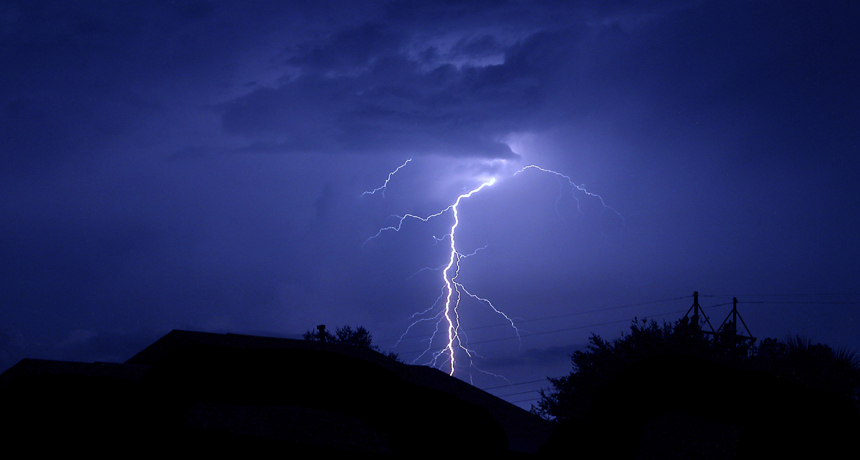Earthquake-triggered lightning?
Physicists offer a possible explanation for the rare claim of earthquake “lights”

People typically associate lightning with storm clouds, as shown here. But in some rare instances, earthquakes appear to generate the same electrical discharge. The big difference: That lightning can occur despite a clear sky, one free of any clouds.
JCPJR/iStockphoto







